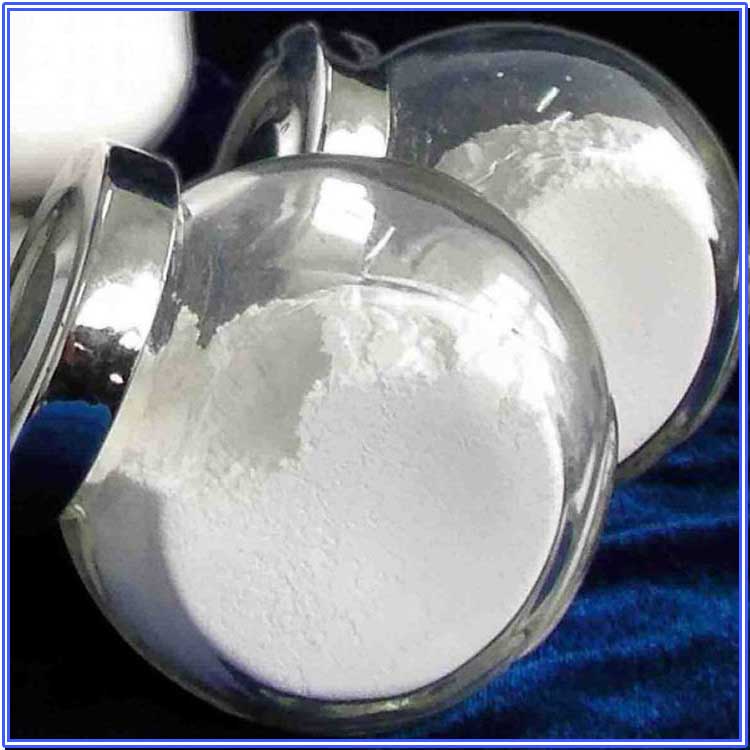Silicon steel grade magnesium oxide series products are key basic coating materials for the domestic production of oriented silicon steel, irreplaceable high temperature annealing isolation agents and surface generators, and are also new materials in the field of national strategic industries and high-tech industries that are supported by the state. In the past few years, the production of silicon steel grade magnesium oxide was in a technological gap in my country, and all had to rely on imports. At that time, the silicon steel grade magnesium oxide products developed and produced by Japan were recognized as the best products in the world, while my country was in a technological gap.

In order to break the foreign technology monopoly, domestic magnesium oxide manufacturers must rely on professional R&D teams and technology centers. To rely on scientific and technological innovation, break through the “stuck neck” technology, and accelerate domestic substitution, it is necessary to establish close cooperation with industry leaders and continuously increase market share. To this end, Hebei Messi Biology Co., Ltd. established a research and development team, a technology center, and a silicon steel grade magnesium oxide research and development base, and persistently strengthened technological innovation and product development, and made every effort to overcome various technical difficulties. Over the years, Hebei Messi Biology Co., Ltd. has insisted on independent innovation and invested heavily in the research and development of core technologies. The annual research and development expenses have basically remained at 25% of the company’s annual sales revenue, nearly 10 million yuan.
Hebei Messi Biology Co., Ltd.’s silicon steel-grade magnesium oxide has passed the batch trial and technical appraisal of major domestic steel companies. The test results show that its technology has reached the international advanced level, the retrial rate is controlled within 5%, and the application performance is better than similar imported products from abroad. It can effectively fill the domestic gap and replace imports. It effectively makes up for the problems of insufficient domestic production capacity and substandard processes, gradually replaces the imported product market, and reduces the price of imported products by 75%.
